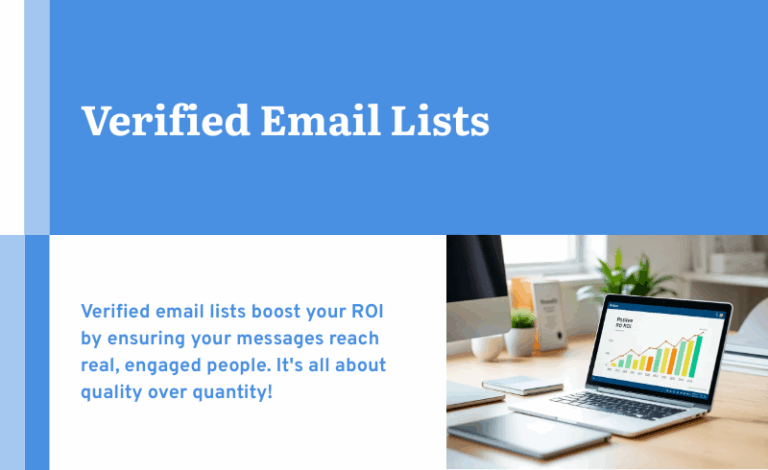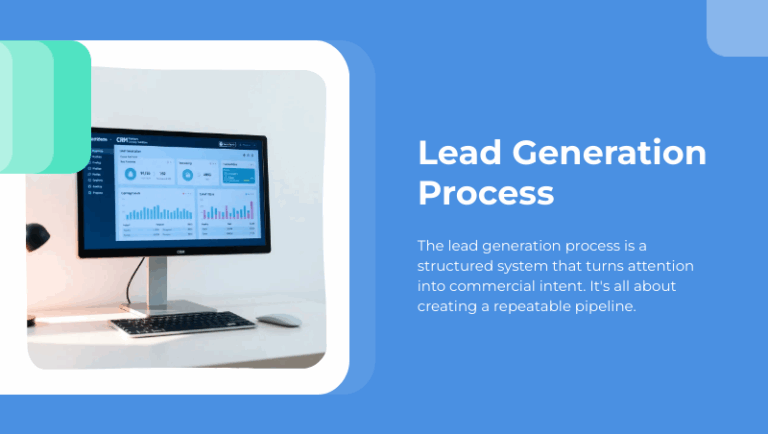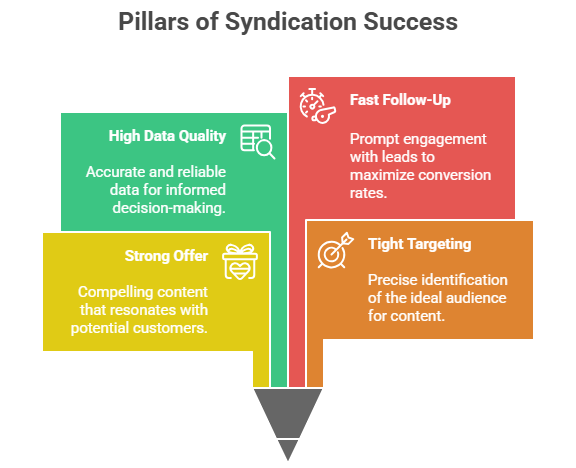
Updated 2/18/2025
The Evolution of Account-Based Marketing:
From Traditional Planning to AI-Powered Strategies
Account-based marketing (ABM) has transformed significantly since its inception in the 1980s. Initially, it focused on personalized relationship-building with large corporate buyers, requiring extensive manual research and years of strategic engagement. However, with technological advancements in data analytics, automation, and artificial intelligence (AI), ABM has evolved into a highly efficient, scalable, and data-driven approach.
This article explores the historical development of ABM, the impact of digital transformation, and the role of AI in shaping the future of targeted marketing. It also provides insights into best practices and answers key questions about ABM.
The Evolution of Account-Based Marketing
1. Traditional Account Planning (1980s – Early 1990s)
Formal account planning strategies emerged in the 1980s to target high-value corporate clients. Businesses relied on intensive research to identify key decision-makers, understand their preferences, and tailor their marketing efforts.
Key Characteristics of Early Account Planning
- Highly manual process: Relationship-building was done through in-person meetings, phone calls, and industry events.
- Long sales cycles: Business decisions took years, requiring sustained engagement.
- Limited data availability: Marketers relied on direct conversations and paper records to understand customer needs.
- Hierarchical mapping challenges: Organizational charts often failed to reflect real decision-making structures.
| Era | Key Features | Challenges |
|---|---|---|
| 1980s – Early 1990s | Personal relationship-building, direct conversations | Time-consuming, difficult to track hierarchy, limited data |
2. The Digital Transformation (Mid-1990s – 2010s)
The mid-1990s saw an exponential increase in computing power, revolutionizing account planning with advanced databases, CRM systems, and digital analytics. Marketers could store and retrieve data at unprecedented speeds, improving efficiency and precision.
Key Advancements in ABM During This Period
- CRM adoption: Platforms like Salesforce allowed companies to track customer interactions systematically.
- Faster data processing: Marketers could analyze vast amounts of customer data quickly.
- Email marketing and automation: Tools like HubSpot and Marketo streamlined communication.
- Website tracking and analytics: Google Analytics provided insights into customer behavior.
| Era | Key Features | Challenges |
|---|---|---|
| Mid-1990s – 2010s | CRM systems, email automation, data analytics | Data silos, difficulty in unifying customer touchpoints |
3. The AI-Powered ABM Revolution (2010s – Present)
The true transformation of ABM began with AI, big data, and predictive analytics. Today, ABM is powered by sophisticated algorithms that analyze vast amounts of data to provide real-time insights into customer behavior and buying intent.
Modern ABM Features and Capabilities
- AI-driven customer insights: Platforms like Demandbase and 6sense use AI to identify high-value prospects.
- Personalization at scale: Machine learning helps tailor messaging based on customer behavior.
- Intent data analysis: Companies track search queries, website visits, and content consumption to determine buying readiness.
- Omnichannel engagement: Businesses use email, social media, and targeted ads to reach decision-makers effectively.
| Era | Key Features | Challenges |
|---|---|---|
| 2010s – Present | AI-driven insights, predictive analytics, omnichannel strategies | Data privacy concerns, need for seamless integration |
Best Practices for Implementing Modern ABM
To maximize the impact of ABM, businesses should adopt the following best practices:
1. Identify High-Value Accounts
- Use intent data to track companies researching solutions in your industry.
- Segment customers based on revenue potential and strategic importance.
2. Personalize Outreach with AI
- Leverage machine learning to customize messaging for different personas.
- Use dynamic content that adapts based on real-time customer interactions.
3. Integrate Multi-Channel Strategies
- Engage prospects through a combination of email marketing, LinkedIn outreach, and personalized ads.
- Align marketing and sales teams to ensure consistent communication.
4. Utilize Predictive Analytics
- Apply AI-powered analytics to forecast customer needs before they make purchasing decisions.
- Monitor digital footprints (website visits, content downloads) to gauge interest.
5. Measure and Optimize Performance
- Track key performance indicators (KPIs) such as engagement rates, conversion rates, and pipeline velocity.
- Continuously refine campaigns based on data-driven insights.
| Best Practice | Implementation Method | Expected Outcome |
|---|---|---|
| Identify high-value accounts | Intent data, customer segmentation | More targeted and efficient outreach |
| Personalize outreach | AI-driven messaging, dynamic content | Higher engagement and conversion rates |
| Multi-channel strategies | Email, LinkedIn, targeted ads | Consistent brand presence across platforms |
| Predictive analytics | AI-based forecasting, digital footprint tracking | Anticipate customer needs proactively |
| Performance measurement | KPI tracking, campaign optimization | Continuous improvement in ABM effectiveness |
FAQ’s
1. What is the main difference between ABM and traditional marketing?
ABM focuses on targeting specific high-value accounts with personalized marketing efforts, whereas traditional marketing casts a wide net to attract general audiences.
2. How does AI improve ABM?
AI enhances ABM by analyzing large datasets, predicting customer behavior, automating personalized messaging, and optimizing campaign strategies in real time.
3. What industries benefit the most from ABM?
Industries with long sales cycles and high-value deals, such as B2B SaaS, enterprise software, and financial services, benefit the most from ABM strategies.
4. Is ABM suitable for small businesses?
Yes. Even small businesses can implement scaled-down ABM strategies by focusing on a few key accounts and using cost-effective tools like LinkedIn Sales Navigator and email automation platforms.
5. How can companies measure ABM success?
Key performance metrics include:
- Engagement rates (e.g., email open rates, website visits)
- Conversion rates (e.g., demo requests, meetings booked)
- Account penetration (e.g., number of stakeholders engaged)
- Revenue impact (e.g., deal size, sales velocity)
Conclusion:
As businesses continue to navigate an increasingly digital and data-driven landscape, ABM remains a cornerstone strategy for targeting high-value customers with precision and personalization. The integration of AI, automation, and predictive analytics will only further enhance marketers’ ability to understand and engage decision-makers effectively.
Looking ahead, we can expect:
- More advanced AI capabilities to drive hyper-personalized interactions.
- Deeper integration of ABM with sales and customer success teams.
- Greater emphasis on privacy-compliant data usage in response to evolving regulations.
By adopting modern ABM strategies and leveraging AI-powered tools, businesses can build stronger relationships, accelerate sales cycles, and drive sustainable growth in an ever-evolving market.



